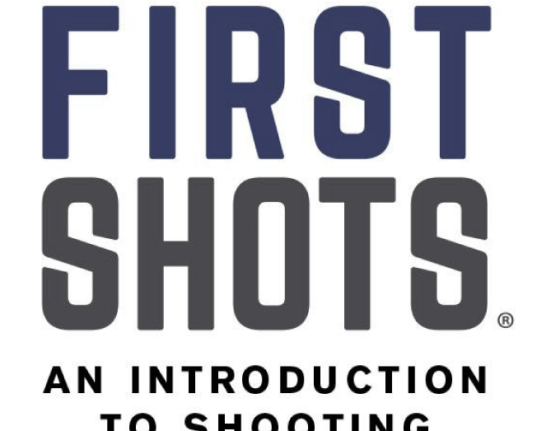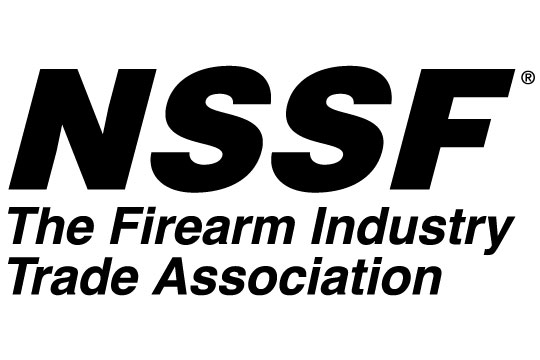With the approaching summer months, the inevitable second- and third-quarter slowdown is in sight. While the slowdown presents some challenges, it also offers opportunities. One of these is the chance to spend additional time training your staff.
There are many things worth training your staff to handle and many ways to perform that training, but from my time spent visiting with dozens and dozens of gun stores across the country, I’ve seen that no better training can be had than that of teaching your sales team the art of listening.
I know how it is when a store gets the latest, greatest, newest firearm and the sales associates all get a chance to test it. If it’s as good as the hype, your staff will naturally want to share their excitement about it with their customers. Too, if you’ve hired the right people to begin with, your sales team has a great wealth of knowledge on firearms and wants to naturally share that vast knowledge with the customers. Both are good things and should be encouraged, but don’t forget, at the end of the day the shopping experience begins and ends with the customer.
I know I’ve become frustrated when asking a sales associate for their assistance in finding, say, the right shotgun for turkey season, and instead of answering my question they pull out a tactical shotgun and start explaining why it’s the coolest thing since sliced bread. That’s why training your staff to listen is so critical: Listening to the customer focuses your sales staff to meet the needs of those customers.
Training your staff to listen in a quality manner can be relatively simple, especially when you use some quick role-playing with your front line staff. Start by guiding them to ask open-ended questions of their customers, questions like:
- “What type of firearm are you looking for?”
- “What are you going to do with the firearm, hunting, target shooting, self-defense?”
- “What type of budget do you have?”
- “How familiar are you with firearms?”
From there, all your staff has to do is let the customer talk. This engages the customer, makes them part of the selling process and not just an object to sell something to. This active question and answering builds rapport between your sales staff and the customer and, in doing so, your staff will have a much better idea of their customers’ needs and can better position their recommendations to meet those needs. In the end, your sales will be made to better-satisfied customers who will be more likely to frequent your store and purchase from you again.
A number of things will happen when your staff adopts this style of interaction with their customers. First, it helps create the feeling that your staff listens and cares about their customers. Active listening also trains your staff to focus on the customers’ experience, rather than their own agenda. More importantly, investing in this particular training with your staff and realizing its positive results will help differentiate your business within the marketspace by providing an engaging, positive customer experience that many larger retailers can’t match.
There’s more. Engaging in active listening will allow your staff to reach a new demographic of customer. NSSF research has shown that women and millennial customers react positively to sales staff actively engaging them and asking about their needs and concerns—and this is the easiest group of new customer to turn into loyal customers, because this is the demographic most interested in gaining knowledge of firearms and the shooting sports right now.
Take a few minutes each day and work with your staff to develop this skill during the predictable summer slowdown and create a team that focuses on the needs of your customers. Your efforts will be rewarded with happier customers and more money in the register.
Patrick Shay
NSSF Director, Retail Development







